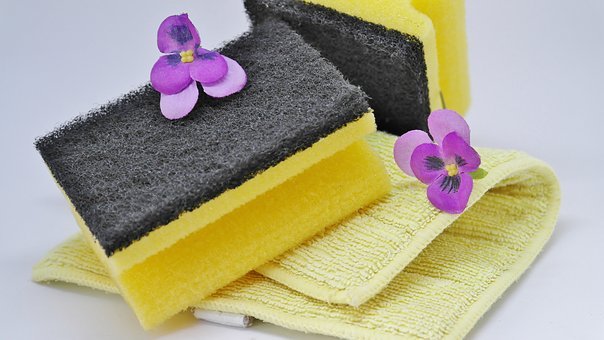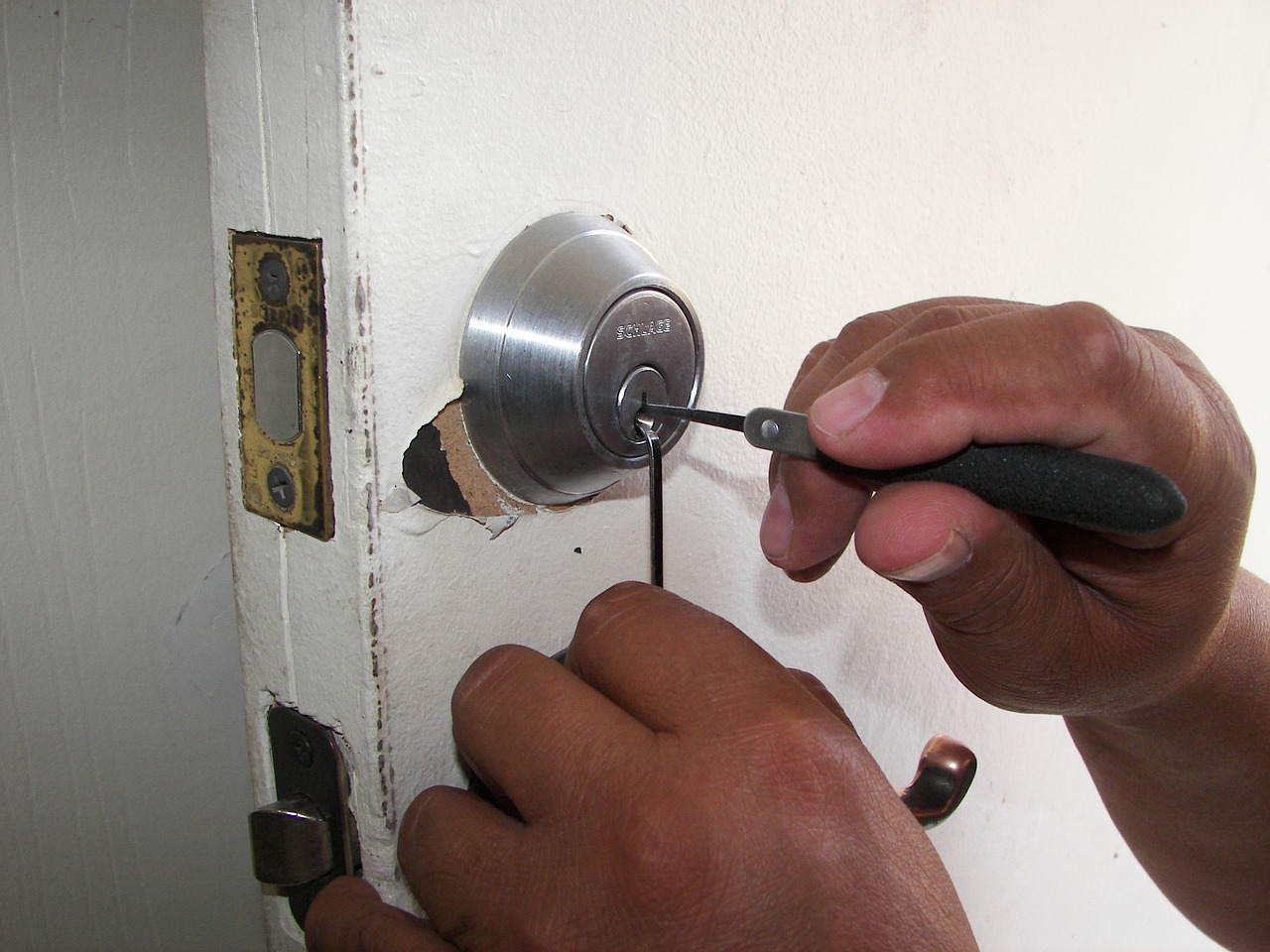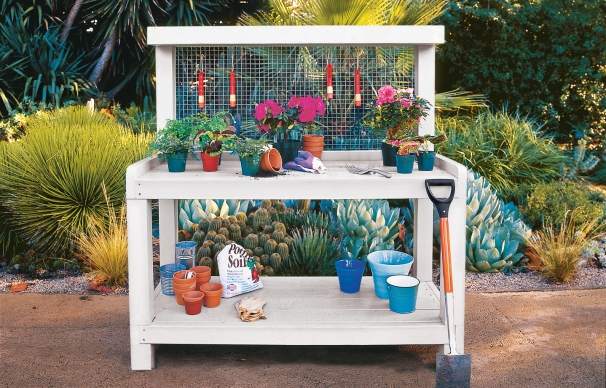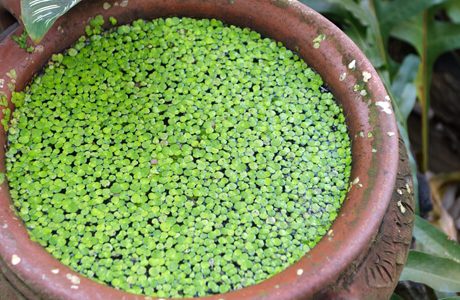Shower pods are the best thing that has entered the London market in recent years. They’re perfect for achieving that modern and sleek vibe, making your home look minimalist. Additionally, the pods make sure that your bathrooms stay clean, free from water spills and splashes from your energetic little ones. So, shower pods are very functional and quite handy to have around especially if you are starting a family. They allow you to have more time to spend for yourself since you won’t need to clean up water puddles every few seconds.
Proper maintenance is key to keeping your shower pods in tip-top shape. Here are two crucial things you should remember to make sure that your shower pods will still be in good condition even after a few years.
Different Ways To Maintain The Shower Pods
There are several factors that you have to consider while you want to maintain your shower pods in all possible manners. Work out the plans that can help you to achieve your goals in the best possible ways.
1. Mould prevention
Any shower will eventually grow mould if not cleaned regularly. You should immediately remove mould to avoid health complications. In a mouldy environment, you may be more prone to coughing, sneezing, nasal stuffiness, throat irritation, wheezing, eye irritation, and skin irritation. It would also pose a serious risk to those who have mould allergies or lung illnesses.
Mould loves to grow in moist environments, and that’s why even shower pods are vulnerable to it. To effectively clean mould, use a damp cloth to wipe every available surface you see in your shower pod. For stubborn ones, you need to make a DIY solution by mixing 1-part bleach and 1-part water. Spray the DIY solution onto the affected area and wait for at least 15-20 minutes. You can rinse the surface afterward. Repeat the process as necessary. To avoid mould from growing in the future, you should open at least one window in your bathroom. It will ensure that there will be proper ventilation and airflow to prevent humidity inside.
2. Glass cleaning
All pods have shower glass which is what makes them famous in the home fixture market. The shower glass needs to be cleaned at least once a week to maintain its sheen and beautiful finish. The cause of this is the shampoo and soap deposits that stick to the shower door glass while you’re bathing. You need to clean your shower pod often. If you do it regularly, all deposits will be easily removed, and it won’t require too much of your time to clean it.
Additionally, you need to drain all the water and dry the shower after use. It will significantly benefit you because there will be no accumulation of soap scum sticking to your glass.
Sometimes, stubborn deposits won’t be easily removed. Apply a glass cleaner to ensure that the glass door is sparkly clean. Use a clean paper towel to apply the glass cleaner and spread the solution in a circular motion. Leave it to do its magic for a few minutes. You’ll see the beautiful result after rinsing it off.
When you do these things, you can guarantee that your shower pod will last you a lifetime. Not to mention you can better protect your family from unwanted diseases and other health problems.
Final Words
Hence, these are some of the factors that you have to take care of while you want to maintain your shower pods in all the possible manners. Do not make your choices in grey while you want to improve the arrangements of the shower pods. Shower pods can make things work in your favor if you select the best one for yourself. Do not make your choices in the wrong direction in all possible manners.
Read Also :






















